#potawatomi
Text
Prairie Band Potawatomi becomes first federally recognized tribal nation in Illinois
The U.S. Department of the Interior announced the decision Friday, placing 130 acres of Shab-eh-nay Reservation land southeast of Shabbona into trust for the Prairie Band Potawatomi Nation, giving the tribal nation sovereignty over the land after the U.S. auctioned off its land 175 years ago
Violet Miller Apr 20, 2024
51 notes
·
View notes
Text
I’m reading Robin Wall Kimmerer’s Braiding Sweetgrass at the moment and wow, I’ve cried every chapter so far. The way she nurtures her deep generational pain and turns it into love and wisdom is just awe-inspiring. A lesson we could all learn from
#braiding sweetgrass#hopepunk#solarpunk#environmentalism#social justice#cottagepunk#climate justice#bright future#community#optimism#robin wall kimmerer#indigenous wisdom#plant medicine#potawatomi#the honourable harvest#wiingaashk
138 notes
·
View notes
Photo

Ma-ah-go-quah, wife of John Big Fout (or Big Foot), of the Potawatomi Tribe, on July 16, 1923.
Record Group 75: Records of the Bureau of Indian Affairs
Series: Photographs
Image description: An elderly woman seated in a chair in front of an exterior wall. She is wearing a blouse with a long ruffle around the neck, a floral skirt, and a wide fabric headband. She has a blanket partially pulled over her lap. Her hands are clasped in her lap.
#archivesgov#July 16#1923#1920s#portrait#Native American history#American Indian history#Indigenous American history#Potawatomi
163 notes
·
View notes
Text
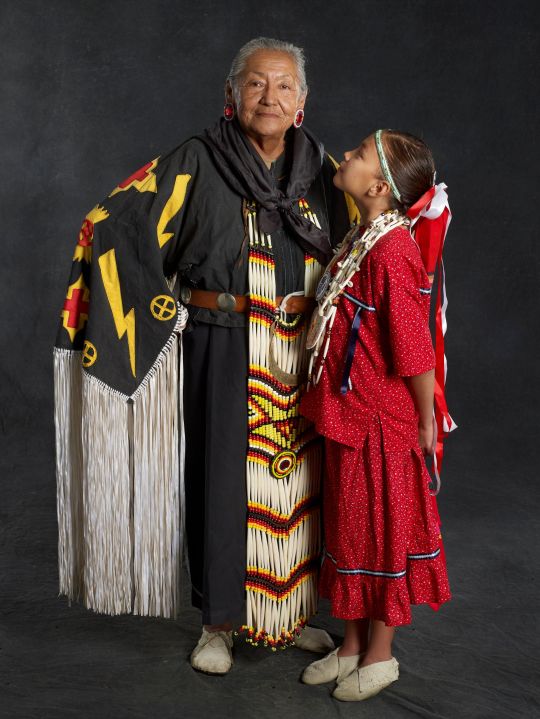
Potawatomi woman and child, Velma Wahwasuck, United States of America, by Sharon Hoogstrate
#potawatomi#united states of america#north america#america#traditional clothing#traditional fashion#folk clothing#cultural clothing
491 notes
·
View notes
Text




10.30.22
376 notes
·
View notes
Text
This month, the U.S. Supreme Court heard oral arguments in a case that could dramatically harm Native American families across the country.
The case challenges the constitutionality of the Indian Child Welfare Act, often known as ICWA. One of the most important parts of the act concerns Native American children who have been removed from their parents’ custody or who are orphaned, among other situations.
The act created a federal law that requires Native American children who need homes to be placed with Native American relatives and families. The act protects tribal sovereignty by federally recognizing a tribe’s ability to care for Native children, not through state courts. As one would expect, tribes prefer a placement with blood relatives and members of a child’s own nation.
Opponents of the act say this is an unfair form of discrimination against non-Native people who may want to adopt a Native child. However, claiming this is a racial issue ignores history and disrespects tribal sovereignty.
When the act was enacted in 1978, between one-quarter and one-third of Native American children who were removed from their homes were placed with non-Native families, and many never returned to their tribes. Even under the act, our tribe has seen precious children who represent our future torn away from us.
To keep our culture alive, our children should be in homes where they can develop a full connection with their ancestry. It is the only way to ensure our traditions continue.
Being a sovereign nation is different from a race. The United States needs to honor the agreements it made with sovereign tribal nations, who are best equipped to determine their own course and care for the welfare of their people. Tribal leaders want to keep children out of state welfare systems and find them homes where their full identity can be celebrated and nurtured.
For decades, the Indian Child Welfare Act has helped prevent the incalculable harm caused by removing children from their tribes and begun to repair the damage caused by discriminatory policies of states and the federal government.
If the act is overturned, Native nations would face genocide by separation. It would be like reviving the boarding school system that devastated so many families and traumatized so many children.
The Supreme Court must not allow this echo of a dark, bloody history to continue.
#John “Rocky” Barrett#potawatomi#alaska natives#native americans#Genocide#ICWA#indian child welfare act
153 notes
·
View notes
Photo

110 notes
·
View notes
Text
being mixed indigenous sucks sometimes lol i hate being so disconnected from my culture. ugh
i was trying to look into resources for potawatomi third genders / two-spirit but it's hard to find reliable ones and even harder to find ones from two-spirit people themselves. i've seen terms like m'netokwe mentioned before that might appeal to me but there's hardly any extensive resources on them out there
#♡ muyang mutters#two spirit#2s#two-spirit#potawatomi#bodéwadmi#neshnabé#anishnaabe#native american#mixed native#indigenous#lgbtq#lgbtqia
9 notes
·
View notes
Note
can you or anyone in the notes provide any info on the Potawatomi and/or Shawnee tribes? i know my grandmother's paternal line was Indigenous (documented Chickasaws by blood) but her maternal line was also said to be of Indigenous descent. i see documentation of them living in what was then Indian Territory, and then specifically in Potawatomi/Shawnee-centric regions. but i've reached a dead end in finding any info atm.
can anyone help this anon?
10 notes
·
View notes
Text

Someone asked about Potawatomi names so here is a map by Kyle Malott of Great Lakes region places in Potawatomi!
344 notes
·
View notes
Photo
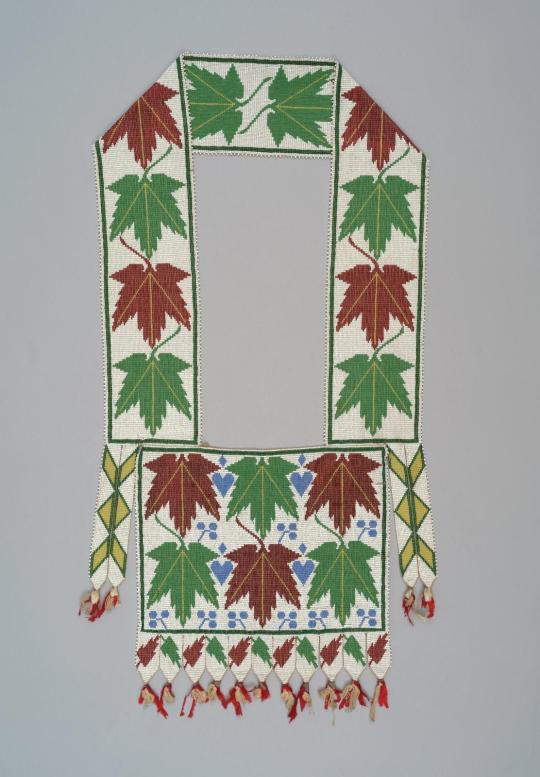
Bandolier bag with loom beading and plant designs / Unknown (Native American; Delaware, Ho-Chunk, or Potawatomi ), late 19th early 20th century.
50 notes
·
View notes
Text
Since biboon & the storytelling season are nearly over, please enjoy this collection of pictures that look like they could be from an aadizookaan
Mm yes so sacrit, very mno-bimaadiziwin
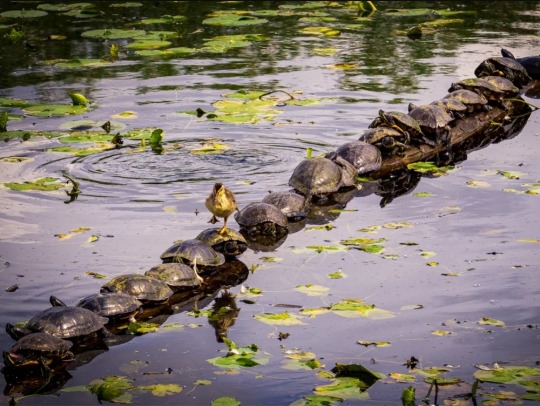

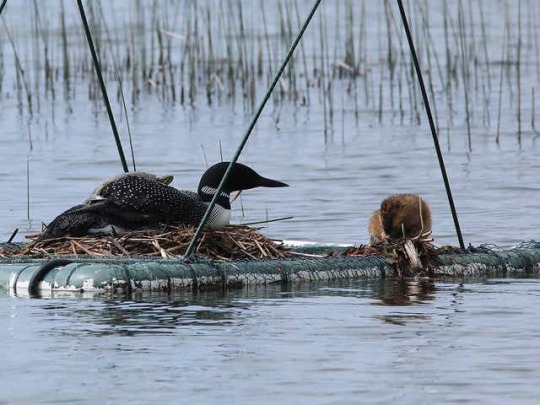

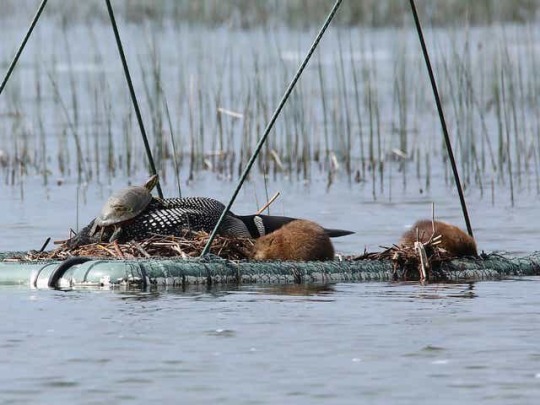

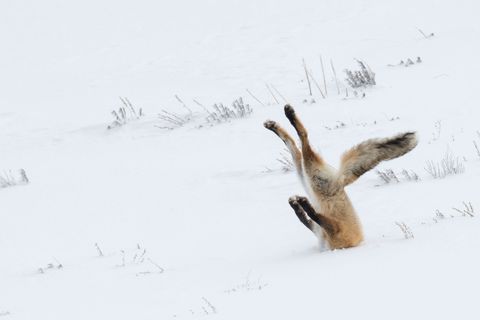
#anishinaabe#nishnaabe#ojibwe#chippewa#odawa#potawatomi#bodewadmi#indigenous#nish tag#altho if were gonna be real there would be more poop humor going on if it actually was one of those stories 😂#original posts#indigenous tag
50 notes
·
View notes
Text


I'm not Neshnabek but here is a shout out to everyone that is and a boost to this training announcement for those of you in Kansas.
Migwėtth.
8 notes
·
View notes
Text
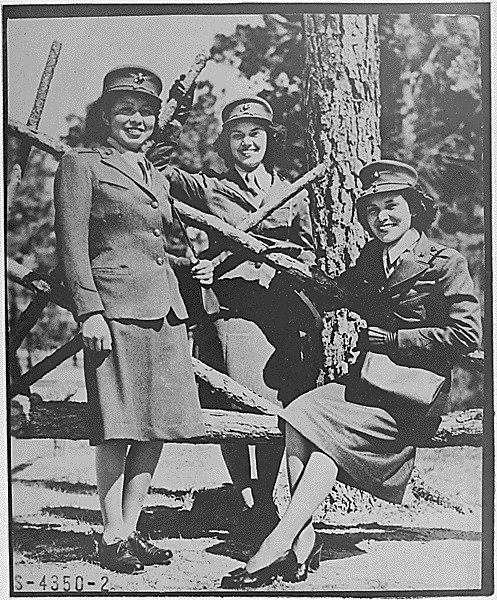
Photograph of Three Marine Corps Women Reservists, Camp Lejeune, North Carolina
Record Group 208: Records of the Office of War Information Series: Feature Story Photographs
Original caption: American Indian women too have joined the fighting forces against Germany and Japan. These three are members of the U.S. Marine Corps. They are [left to right] Minnie Spotted Wolf of the Blackfeet, Celia Mix, Potawatomi, and Violet Eastman, Chippewa.
Black and white photograph of three women in World War II era uniforms of the Marine Corps Reserves. They are posing for the camera by a wooden fence.
#archivesgov#1940s#world war ii#marine corps reserves#Native American women#Chippewa#potawatomi#blackfeet#October 16#1943
113 notes
·
View notes
Text
Pokagon Student Visit
The conservation lab was recently graced by a visit from a highly engaged group of students from Michigan. A collaboration between the Pokagon Band of Potawatomi, the University of Notre Dame, and the U.S. Army, the students were part of a physics summer camp that included field trips to expose them to potential STEM-related careers. The students had so many great questions and astute observations! We really enjoyed sharing and discussing our work to preserve collections with them.


#ndpreservation#ndrarebooks#conservation#preservation#pokegnek#pokagon#potawatomi#nativenationsyouthcouncil#physics#STEM
8 notes
·
View notes
Photo


self portrait and study w florals
94 notes
·
View notes